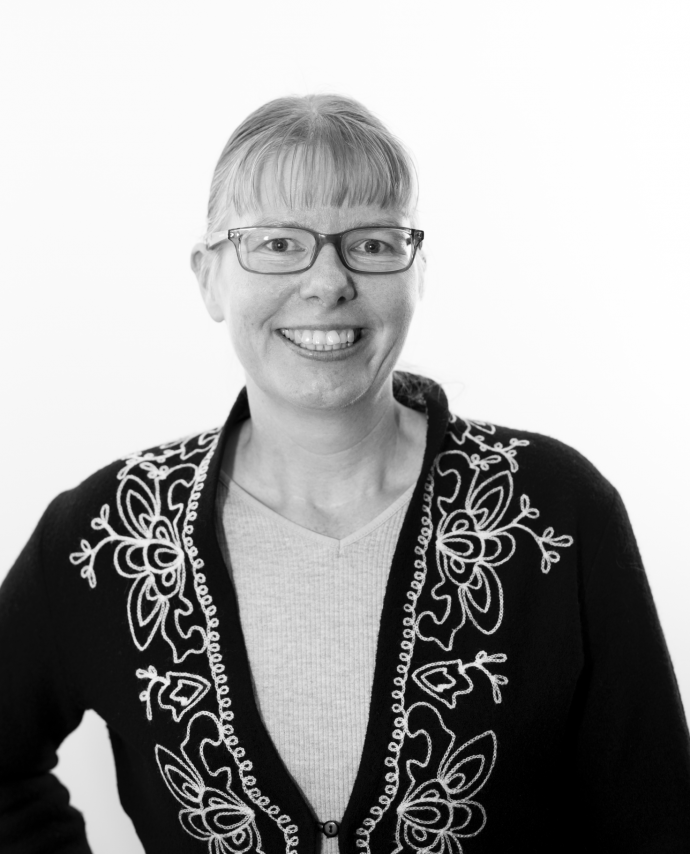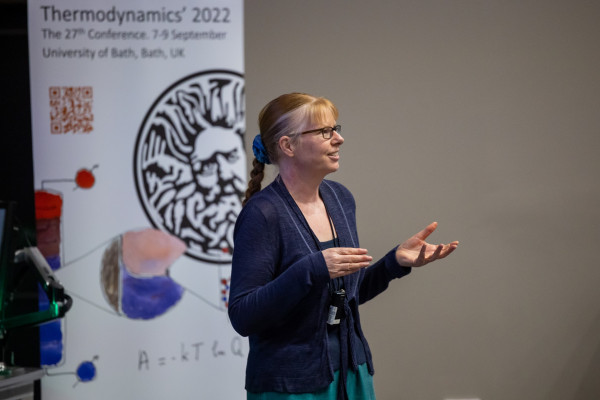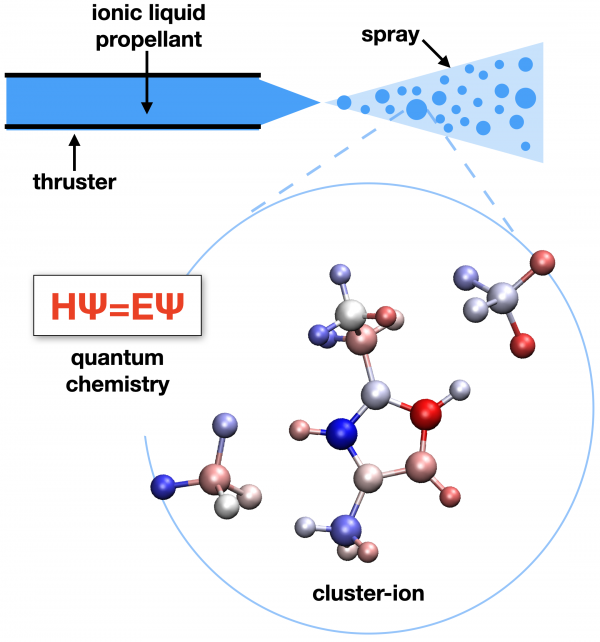Patricia Hunt

2024: Professor Patricia Hunt of Te Herenga Waka Victoria University of Wellington has been awarded a New Zealand Mana Tūārangi Distinguished Researcher Fellowship to use quantum chemical modelling to investigate ionic liquid micro-propulsion systems for mini satellites.
Professor Patricia Hunt is a recognised globally as an expert on ionic liquids. She received her PhD in Theoretical Chemistry from the University of Auckland (while also completing a BA in politics and philosophy). On the strength of her postdoctoral research at Kings College London and Cambridge University in 1998, she won the UK Royal Society’s University Research Fellowship, which she took up at Imperial College London. Where, in 2018, she was made Professor of Theoretical and Computational Chemistry. Since 2020, she has led a Research Group in the School of Chemical and Physical Sciences at Victoria University of Wellington. Professor Hunt has published 82 research papers, which are among the top 1% of most highly cited publications in the field of chemistry. She has also lead or been involved in securing the equivalent of over $30 million NZD in competitive research funding. Her work has been recognised with multiple awards and accolades, including for her supervision and mentoring of early-career researchers.

Professor Patricia Hunt Presenting at the Thermodynamics 2022 conference (Supplied)
Aotearoa New Zealand is positioning to be a player in the space-race, developing orbital launch facilities and working on satellite development. The increased use of miniaturised satellites, such as CubeSats developed by NASA, creates an urgent need for micro-propulsion systems. Ionic liquid electrospray thrusters offer a solution: they are small, efficient, and lightweight, while having less toxicity and no detonation risk. While ionic liquid electrospray thrusters do exist, there is not a good understanding of the molecular level processes that occur during operation. Professor Hunt will use quantum chemical modelling to interrogate known and new ionic liquid fuels and identify how their molecular structures define their properties. Working with collaborators in aeronautical engineering, she will test ionic liquid electrospray thrusters under realistic conditions. This new knowledge, at the interface of fundamental chemistry and applied aeronautical (space) engineering, will be used to tailor and design better ionic liquid fuels.

Simplified representation of an electrospray thruster emitting ions, the cluster-ion depicted is from quantum chemistry simulations and shows electron density (charge) movement under an electric field, red is positive and blue is negative, colour intensity reflects the magnitude of charge movement (Supplied).
